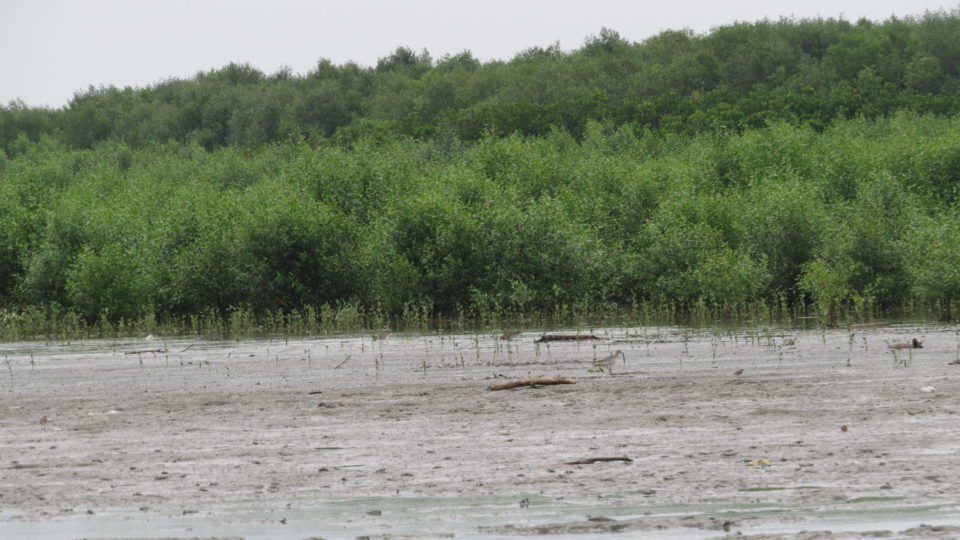The construction of permeable structures to trap sediment and encourage mangrove recovery along the eroding coastline of Demak in North-Java has gained remarkable traction around the world. However, another approach that was piloted in this Building with Nature project is less known: the conversion of degraded fishponds into sedimentation basins that can be recolonised by mangroves. Monitoring shows impressive greenbelt recovery in 1.5 years’ time and illustrates that once conditions are right, mangrove can recover very quickly naturally, without any planting involved.
The project encouraged pond owners to convert (degraded) ponds into coastal mangrove for rehabilitation and was initiated in areas along the coastline where erosion was less severe. This activity was part of the Bio-rights approach that was used in Demak: in return for their engagement in conservation and restoration measures, communities receive financial and technical support to develop livelihoods by boosting sustainable aquaculture productivity and developing eco-tourism.
Within one year after the pond in Betahwalang village was converted, the sedimentation increased by 10 centimetres and mangroves had naturally grown up to 50 cm high. Monitoring results in 2019 show that the sedimentation improved further – the mangrove belt became around 12 ha wider and reached heights of 80-100 cm. Today, the mangroves have reached a height of about 2-3 meters. To maintain and protect this location, community groups carry out regular monitoring and put up warning boards. In collaboration with the village government, they have ensured the greenbelt a protected area through various regulations.
Following are pictures of various green belt mangrove areas taken at the same angle, in 2019 and again in 2021.

